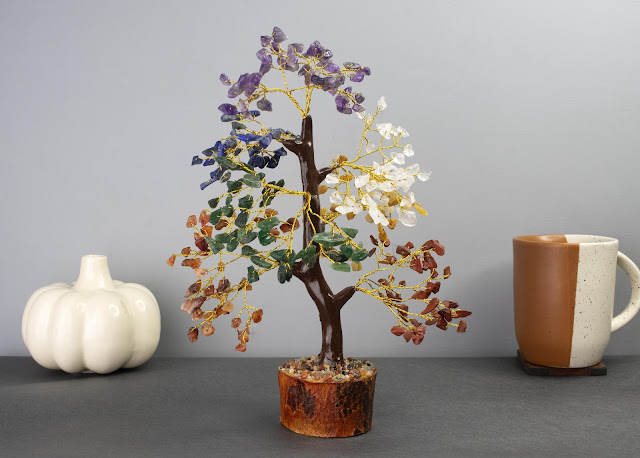A baby shower is one of the most cherished celebrations for expecting parents, marking the joyous anticipation of welcoming a new life. It’s a day filled with emotions, love, and laughter. Capturing these moments through professional baby shower photography ensures these memories are preserved for a lifetime. In this post, we’ll explore the importance of baby shower photography and what you should consider when hiring a photographer for your special day.
Why Baby Shower Photography Matters
Preserving Precious Memories
Baby showers are filled with emotions, from heartfelt speeches to joyful games. Professional photography ensures these fleeting moments are preserved in vivid detail, allowing you to relive the joy whenever you look back on the images.Candid Emotions of Family and Friends
A skilled photographer can capture genuine, candid moments that reflect the emotions of loved ones. These moments are often spontaneous—whether it’s a warm hug or the laughter of friends during games—and are best captured by a professional eye.Creating a Visual Keepsake
Baby shower photographs serve as keepsakes for both parents and the child. They become part of the family’s history, celebrating the love and excitement shared during this special time.Highlighting Decorations and Theme
Baby showers often feature beautiful decorations, customized cakes, and intricate themes. Professional photographers know how to showcase these elements, capturing the ambiance and attention to detail that went into planning the event.
What to Keep in Mind When Hiring a Baby Shower Photographer
Look for Experience in Event Photography
Baby showers require a blend of event photography and portrait photography skills. Look for a photographer with experience in capturing special events and family gatherings. Review their portfolio to see if their style aligns with your vision.Discuss Your Expectations and Must-Have Shots
Communicate your expectations clearly with the photographer. Provide a list of key moments you want captured, such as the gift opening, cake cutting, or group photos with family and friends.Check for Candid Photography Skills
Candid photography brings life to baby shower photos. Ensure the photographer has experience in capturing natural, unscripted moments that reflect the genuine emotions of the day.Evaluate Their Editing Style
Every photographer has a unique editing style. Some prefer vibrant colors, while others opt for soft, pastel tones. Choose a photographer whose editing style matches the vibe and theme of your baby shower.Inquire About Availability and Timing
Ensure the photographer is available for the entire duration of the event to capture all key moments. Discuss the photographer’s arrival and departure time to avoid any confusion on the day.Ask About Package Options and Deliverables
Different photographers offer various packages. Clarify what’s included, such as digital files, prints, or albums. Also, inquire about delivery timelines to know when you’ll receive the final photos.
Conclusion
Baby shower photography goes beyond just taking pictures; it’s about capturing the emotions, joy, and love shared during a significant moment in your life. Hiring a skilled photographer ensures you’ll have beautiful, timeless images to look back on. When choosing a photographer, keep experience, candid photography skills, editing style, and clear communication in mind.
Investing in professional photography for your baby shower is a decision you’ll never regret—those memories are priceless!
Ready to Capture Your Special Moments?
Make your baby shower memories last a lifetime with professional photography by Javed Hussain. With over 15 years of experience in event photography, Javed specializes in capturing candid and heartfelt moments with precision and creativity.
Contact us today to book your session and ensure your baby shower memories are beautifully preserved!
visit: www.javedhussain.in


.jpg)

.jpg)

.jpg)
.jpg)
.jpg)

.jpg)


.jpg)









.jpg)
.jpg)
.jpg)







.jpg)
.jpg)

.jpg)